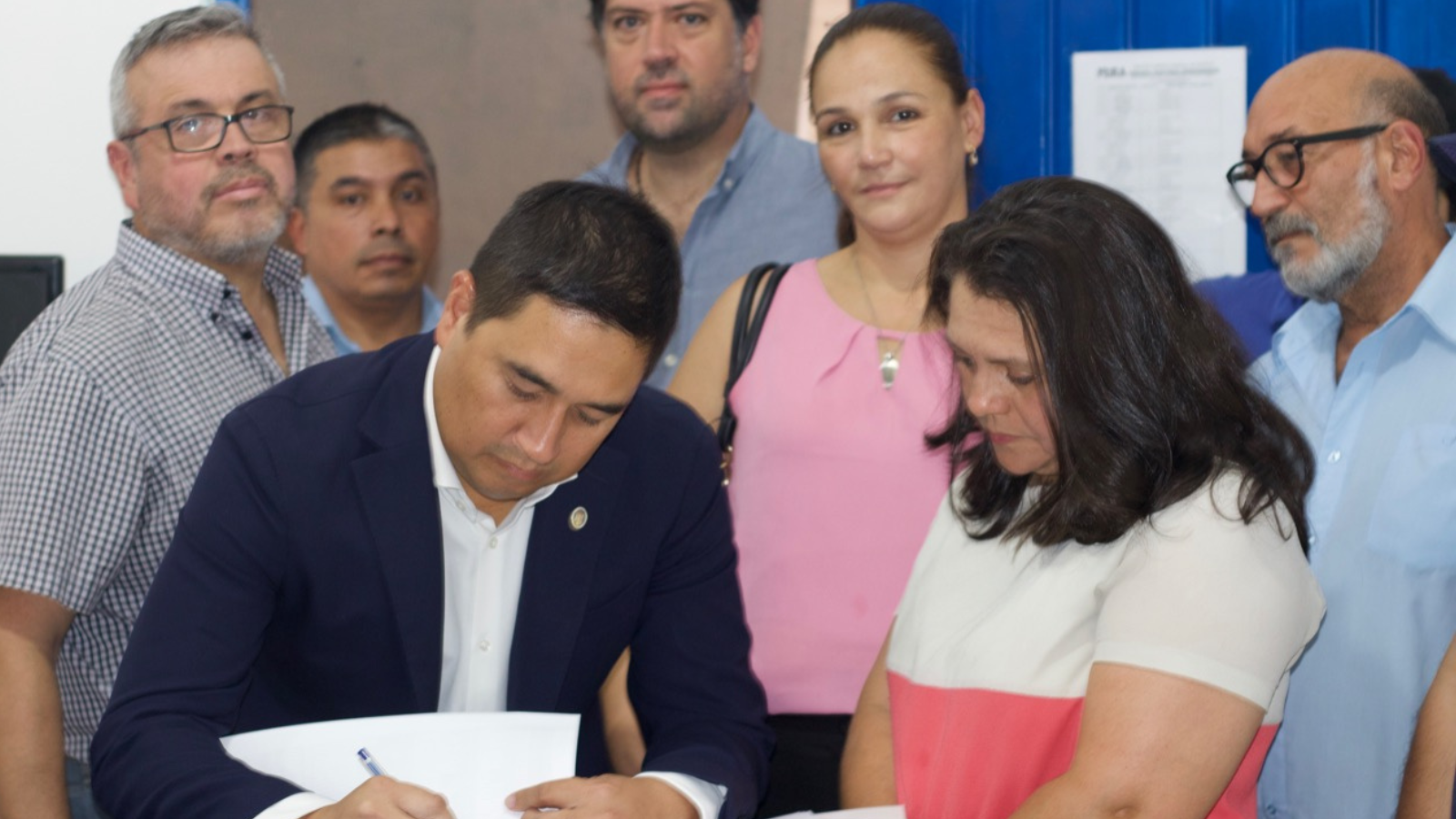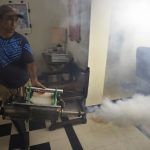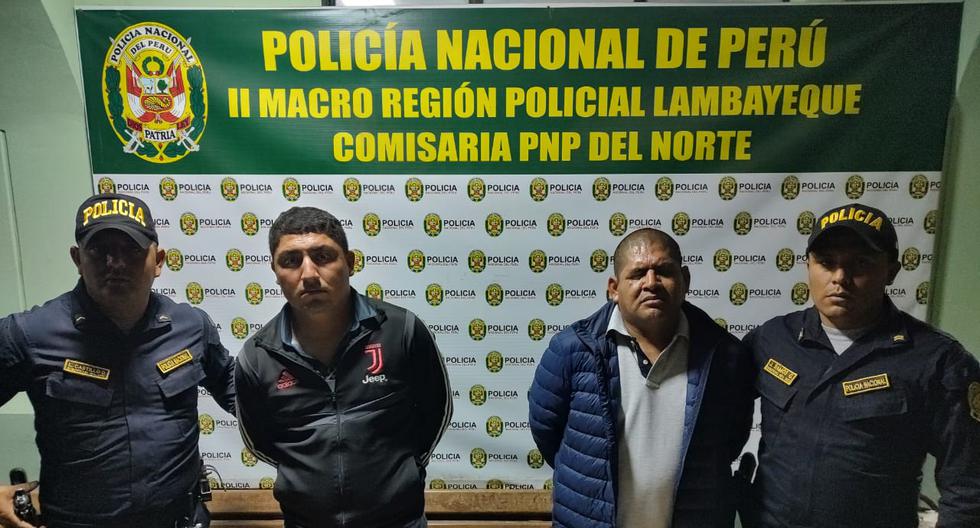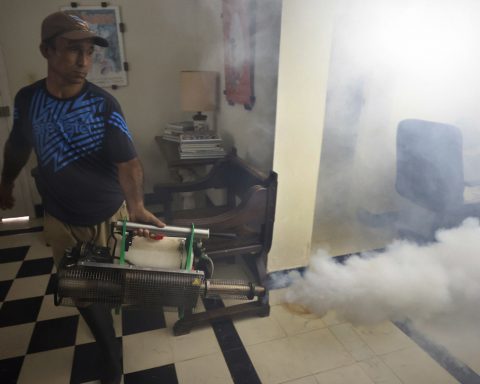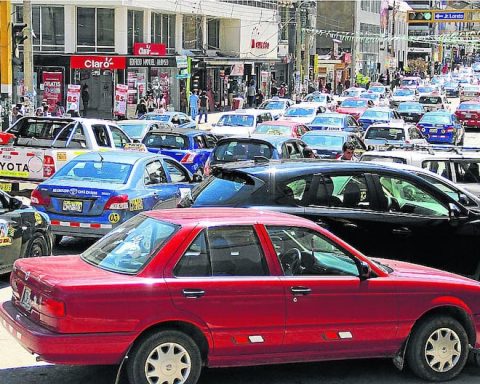Marcos Pérez Talia, a researcher and doctor in political science, questioned that ANR actors have supported Eduardo Nakayama’s complaint about electoral fraud in the Liberal Party (PLRA), when the same thing happened in his party.
The analyst explained that the test used by the current senator candidate is based on the average time estimated by the Superior Court of Electoral Justice (TSJE) for each voter. What is striking is that the Horacio Cartes media holding gives it wide prominence.
“The TSJE estimated for the PLRA an average time to vote of 2.5 minutes per voter.
They voted for 10 hours (600 min), which gives an average of 240 voters. So Nakayama’s argument that any table that exceeds 245 voters is considered fraud, ”he said.
Basically the only evidence that Nakayama presented was the average time that the TSJE estimated a few months ago. Therefore, when a table exceeds the average (subjective criteria of the TSJE), we would be in the presence of fraud.
“To give his argument more strength, he pointed out that well-known facts do not need to be proven. Following the ‘Nakayama hypothesis’, any ANR table that has more than 172 votes is also a fraud, as well as in the PLRA, whose notorious fact does not need to be proven”, he pointed out.
ANR
Pérez Talia randomly chose the first school in the first district (Asunción) of ANR, for presidential votes. The results were that the 26 tables of the 3 polling stations exceeded 172, which would confirm that there was also “fraud”.
“Let’s go to Pilar, the area of the outgoing president of the ANR and candidate for vice president of the Republic. Except in one table 39, in all the others the vote of 172 voters was always exceeded. With which, according to the ‘Nakayama hypothesis’ there was also fraud”, he stated.
